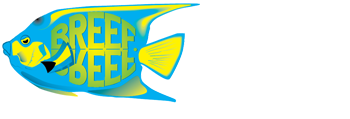Protecting Our Reefs. Inspiring Our Future.
At BREEF, we believe that healthy oceans are vital to life in The Bahamas. As a nation of more ocean than land, our well-being, economy, and culture are deeply connected to the sea. Since 1993, the Bahamas Reef Environment Educational Foundation has been a leader in marine conservation and education, empowering people of all ages to understand, value, and protect our incredible marine ecosystems.
What We Do
Marine Conservation
BREEF works to protect critical ecosystems such as coral reefs, mangroves, and seagrass beds that provide coastal protection, support fisheries, and sustain biodiversity. Through public education, school programmes, policy advocacy, and restoration projects, we champion a healthy ocean for future generations.
Environmental Education
We engage thousands of students, teachers, and community members each year with hands-on learning experiences. Our field trips, underwater classroom experiences, Eco-Schools Bahamas programme, and marine conservation resources help build a new generation of ocean stewards.
Coral Reef Restoration
BREEF’s Sir Nicholas Nuttall Coral Reef Sculpture Garden & Coral Nursery merges art, science, and education to rehabilitate coral reefs and raise awareness of ocean issues.
Advocacy and Policy Engagement
We advocate for sustainable development, responsible fisheries, and climate action—championing a ban on oil drilling in Bahamian waters and calling for strong environmental protections.
Check back for updates as we rebuild our new site.
Please reach out to us on:
breef@breef.org
242-327-9000
Join BREEF for our “Sail Away to Kamalame Cay” lunch on the beach with drinks from Young's Fine Wine at the award-winning Kamalame Cay, Bahamas. Purchase your tickets today!

© Bahamas Reef Environmental Educational Foundation 2025. All rights reserved



